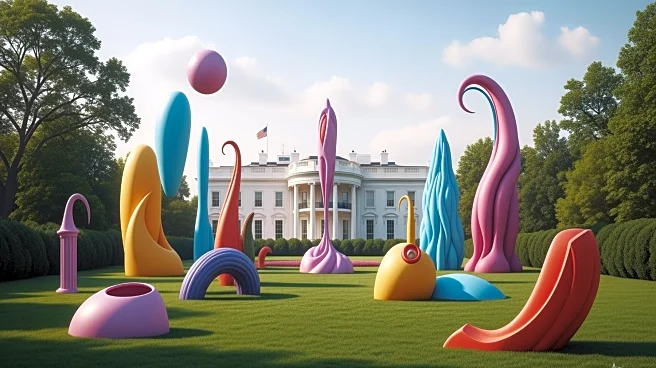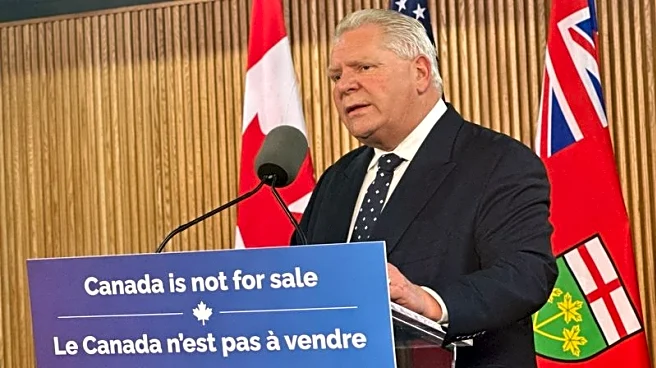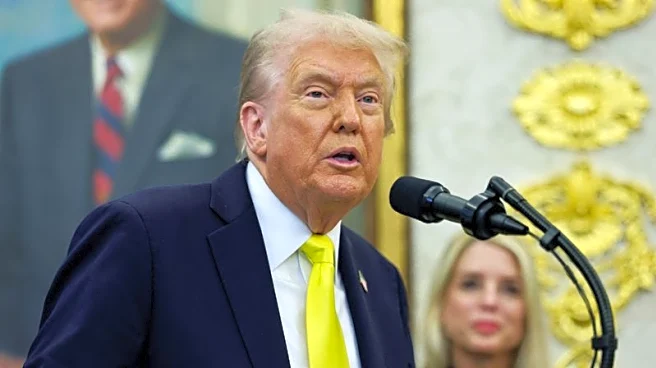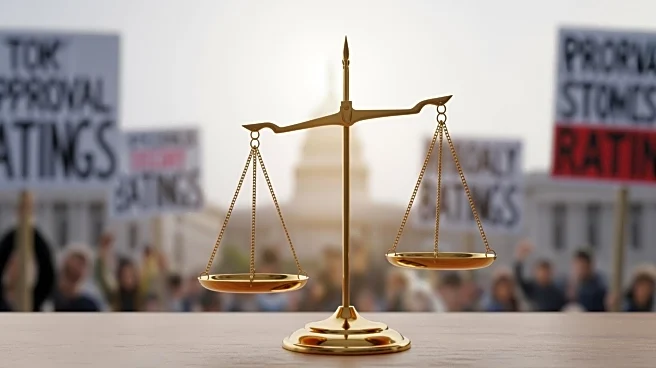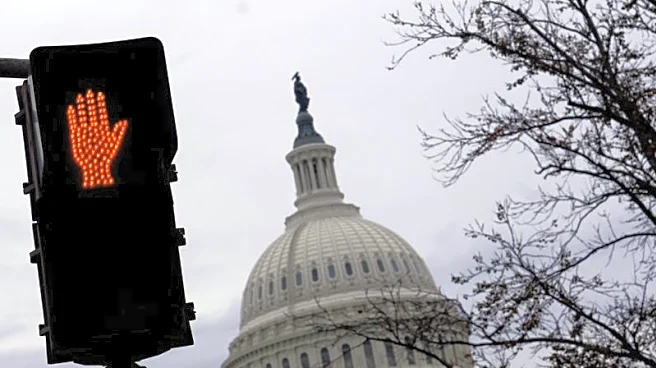What's Happening?
President Trump has recently expressed dissatisfaction with a photo of himself on the cover of Time magazine, describing it as 'the Worst of All Time' on his Truth Social platform. This incident is part of a broader pattern where Trump has publicly criticized
images of himself that he finds unflattering. In the past, he has accused media outlets like Fox News and CNN of using distorted or poorly chosen photos. According to Alexandra Cromer, a licensed professional counselor, Trump's behavior indicates a 'pattern of intense hyperfixation' on his appearance, suggesting a deep-seated concern with how he is portrayed in the media.
Why It's Important?
The focus on personal image by a former U.S. president is significant as it reflects on his priorities and public persona. Trump's preoccupation with his appearance could impact his political image and influence public perception. This behavior might suggest vulnerabilities in his self-confidence, which could affect his decision-making and leadership style. For political analysts and opponents, this pattern provides insight into Trump's character and potential areas of influence or weakness. It also raises questions about the role of media portrayal in shaping political narratives and the extent to which public figures can control their image.
What's Next?
As Trump continues to engage with media portrayals, it is likely that his reactions will remain a topic of public and media interest. This could lead to further scrutiny of how media outlets choose to depict political figures and the potential implications for public discourse. Trump's ongoing focus on his image may also influence his strategies in any future political endeavors, as he seeks to maintain a powerful and favorable public persona.
Beyond the Headlines
The emphasis on image and media portrayal highlights broader cultural and psychological themes, such as the importance of external validation and the impact of media on self-perception. Trump's behavior may reflect a societal trend where public figures are increasingly concerned with their digital and media presence, potentially affecting their authenticity and public engagement. This situation also underscores the ethical considerations for media outlets in balancing truthful representation with the potential for personal impact on those depicted.



